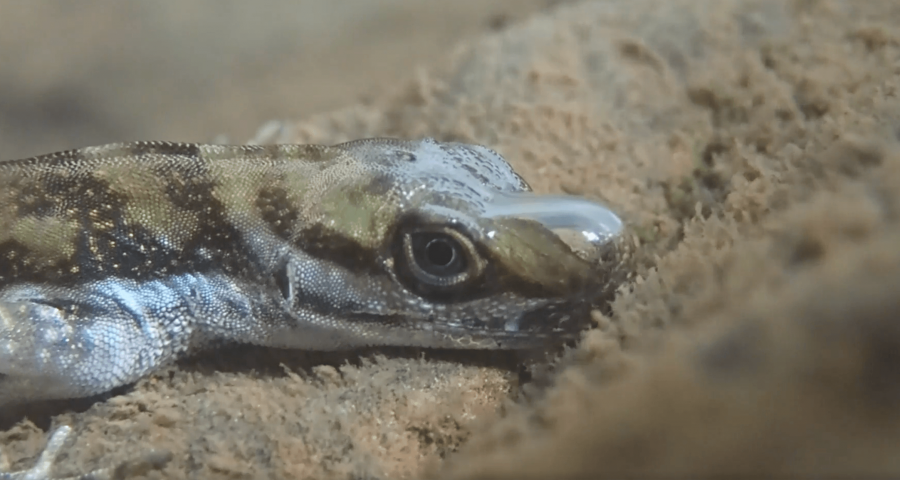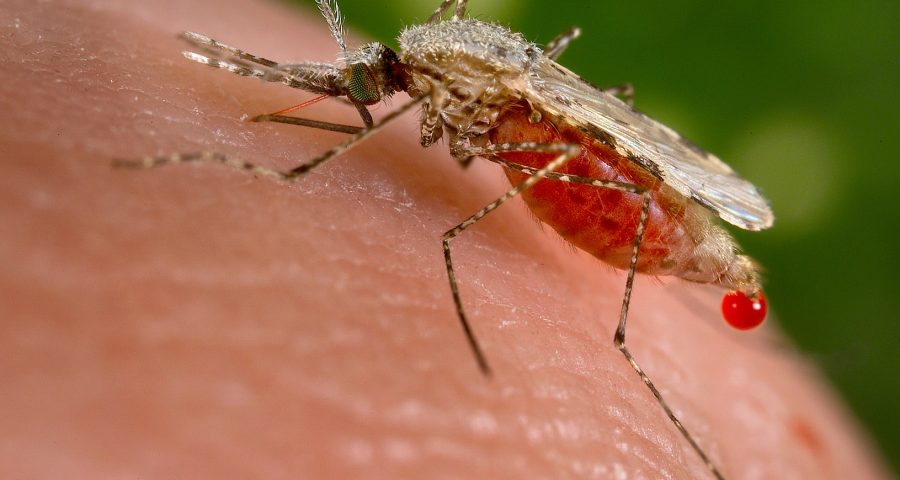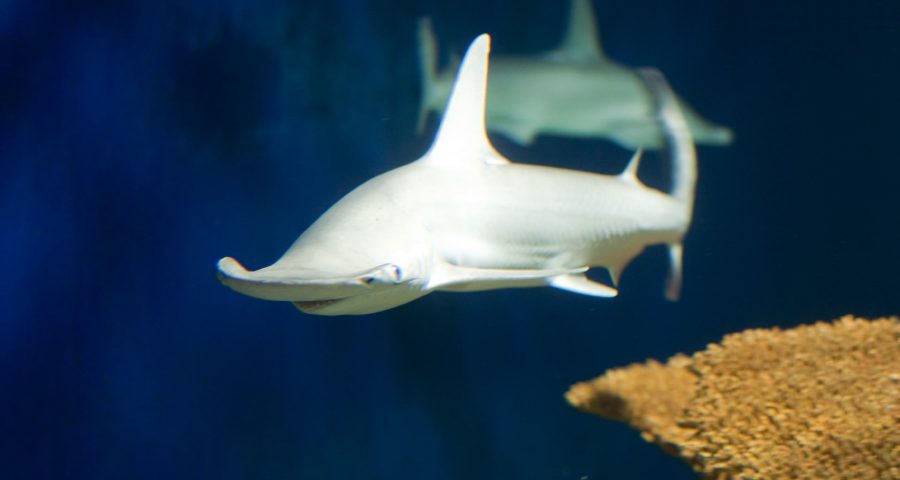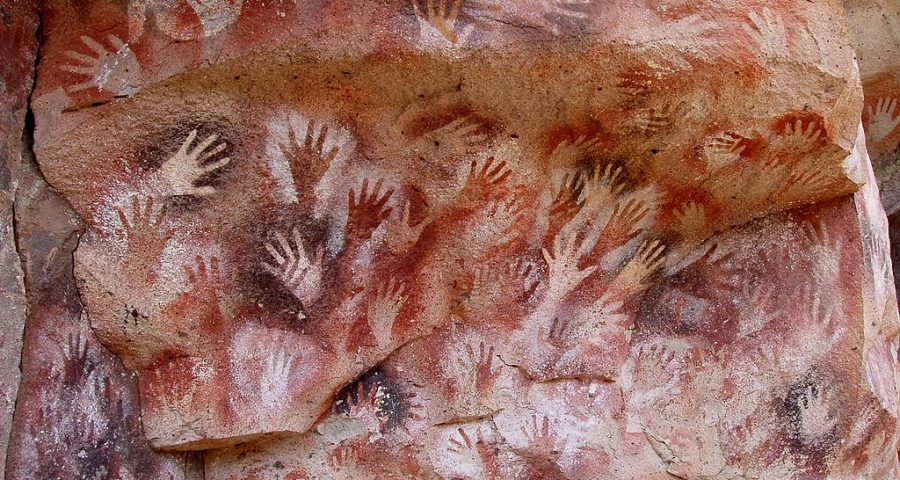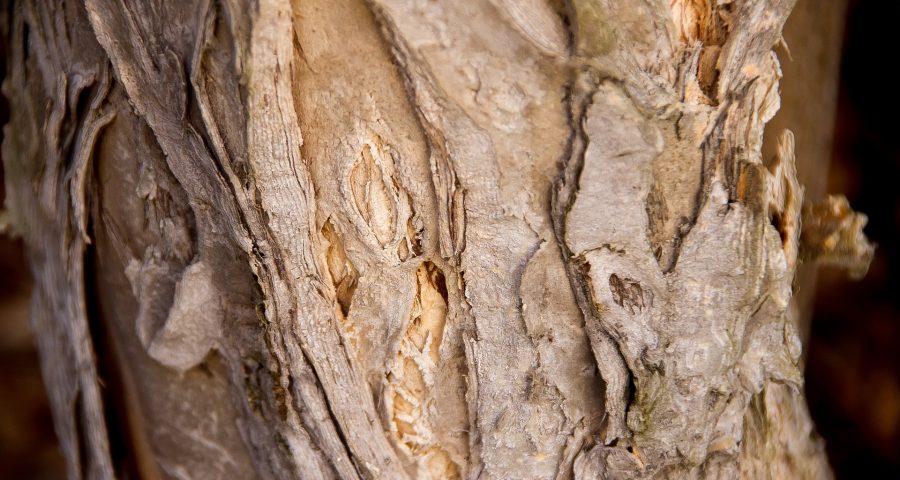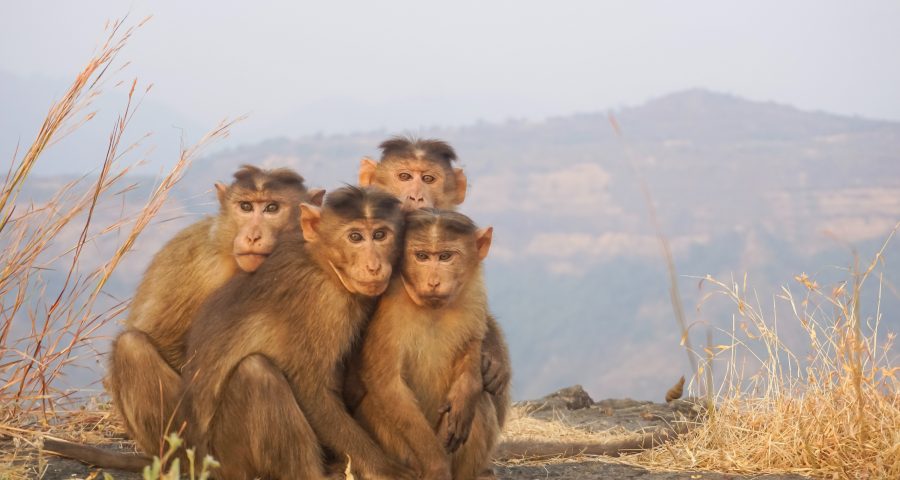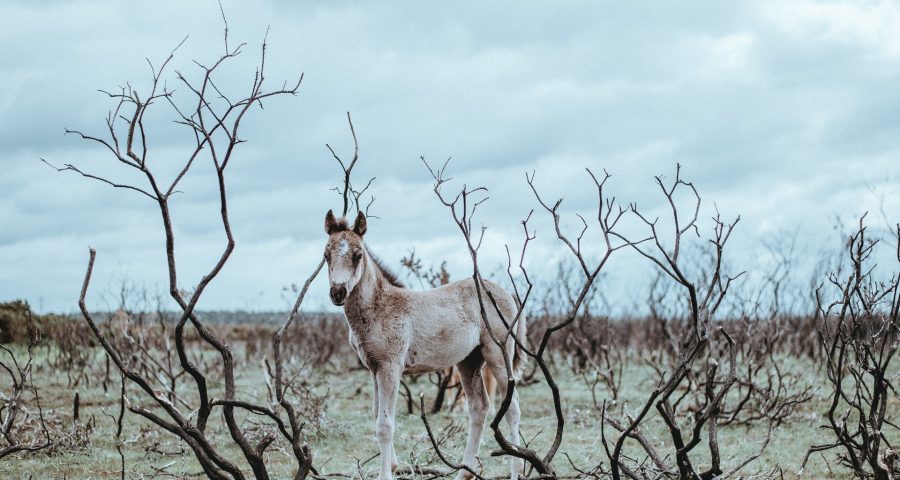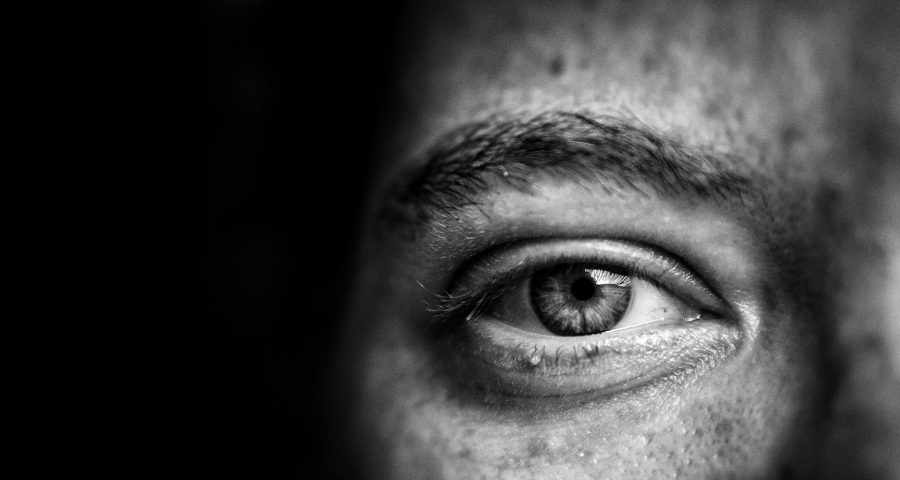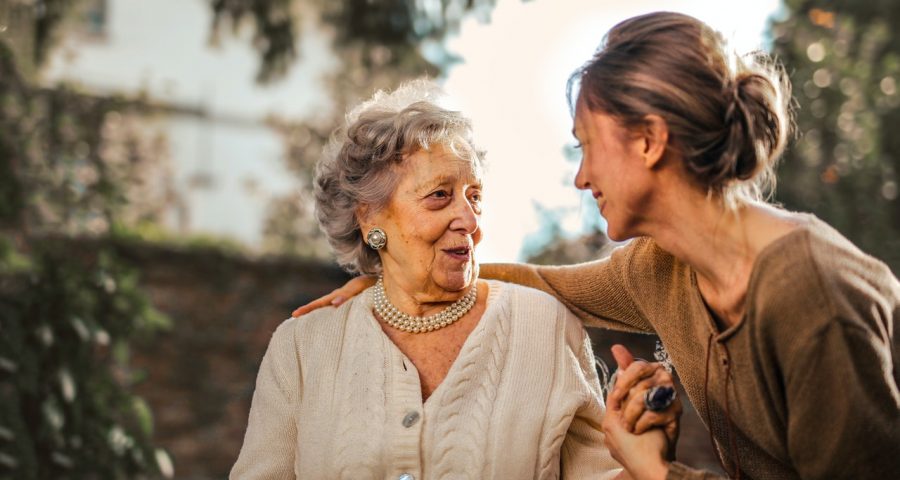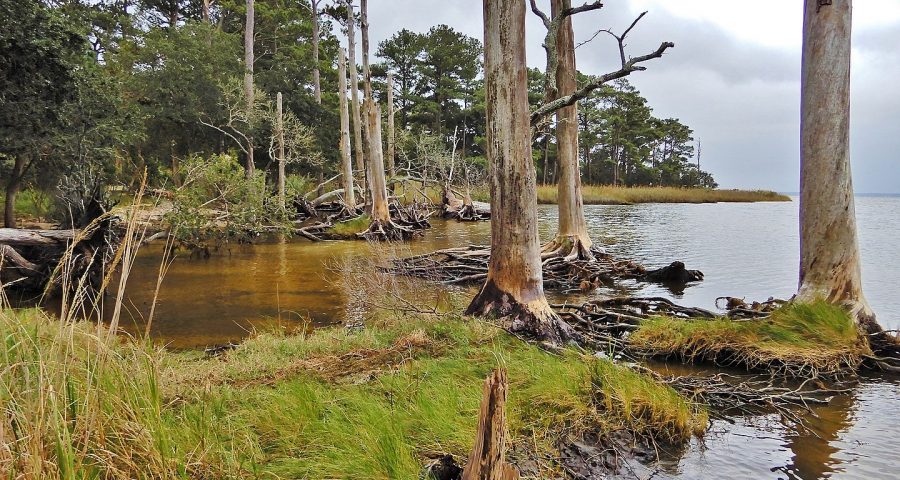So! How long can YOU hold your breath under water? This is Sandra Tsing Loh with the Loh Down on Science. We humans need an oxygen tank to go scuba diving. What would a lizard use? Christopher Boccia at University of Toronto, Canada, and an international team study small anole
Continue readingScuba Lizards
